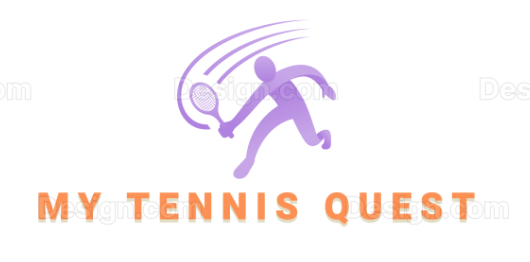What Is It?
You know you “should” eat a healthy diet. Correct? At some point in our lives, almost all of us are told to be healthy eaters. This simple idea leads to a myriad of questions: What exactly is a healthy diet (there are unending opinions on this topic)?, is it worth the sacrifice?, Is it helping?, and do any diets really work?
As we are focused on tennis performance, we will put forth this definition:
A healthy diet is one that allows you to fully enjoy eating, achieve maximum sports performance, train and compete at the highest level, and help your body stay healthy and injury free.
Why Do It?
Quite simply, your athletic performance depends on good nourishment (and also adequate rest/recovery, which we also explore on this website). A high performance race car needs high performance fuel. Your body – the body of a high performance athlete – is no different. So, properly nourishing your body is essential, in the long run, to being a competitive athlete. Not only that, preparing and sharing nourishing food with those you care about, can be a joyful activity.
How To Get Started
We certainly don’t want to bite off more than we can chew (no pun intended) with the topic of nutrition. Diet and nutrition is a massive exploration – and one we will provide some meaningful resources if you are just beginning that exploration. We are focused on developing healthy dietary habits over the long term. We are not focused on dieting to lose weight.
Here is a simple way you can get started on the road to healthy, performance-related eating:
- Commit to experiment with your diet for one week.
- Determine how many grams of protein you need to eat each day and plan your major meals with sufficient protein.
- For snacks, see if you can focus on these foods: fruits, nuts and seeds (avoid these foods with significant salts and oils added), berries, low-fat dairy, hard-boiled eggs, hummus, vegetables (carrots, celery), whole grain foods (breads, crackers, pop-corn.
- Identify 3 complex carbohydrates you can eat as a supplement to your meals. Examples: brown rice, sweet potatoes, whole grain pastas.
- If you don’t normally eat beans, try at least one meal that includes beans.
- Make a shopping list and buy the foods you will need for the week.
- Enjoy your meals as experiment with incorporating new foods into your diet!
